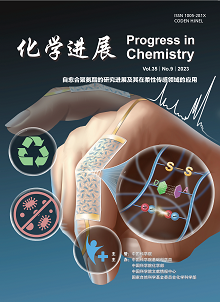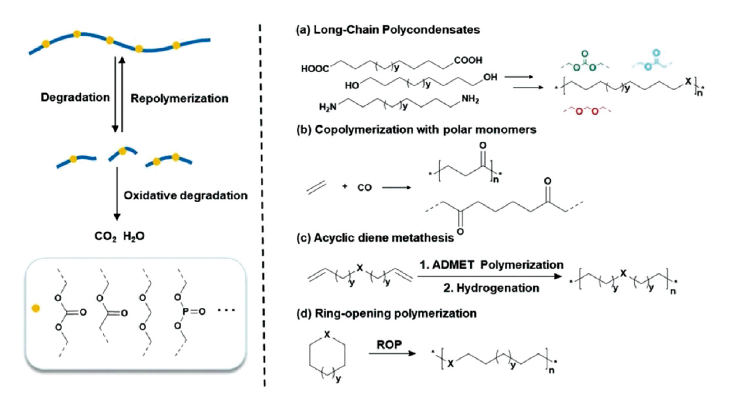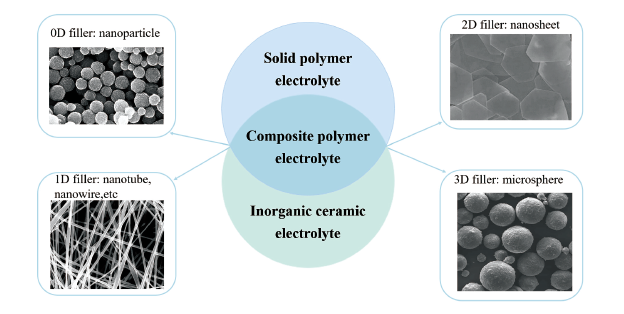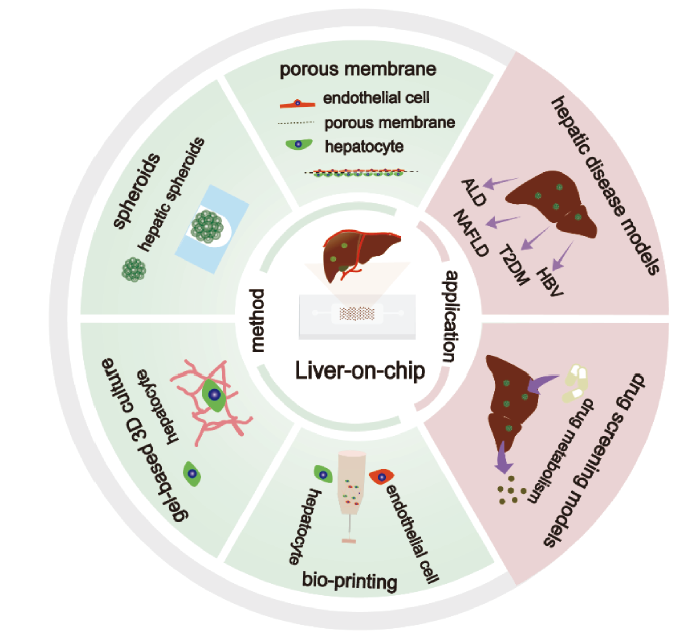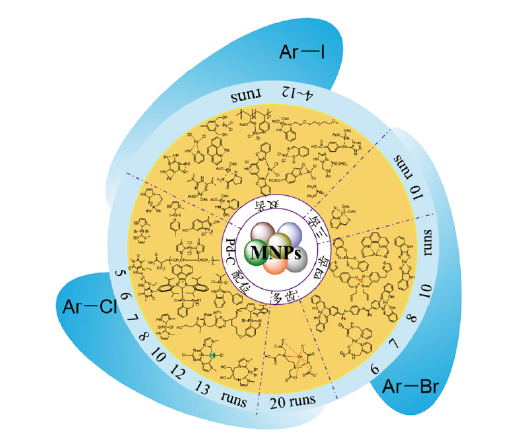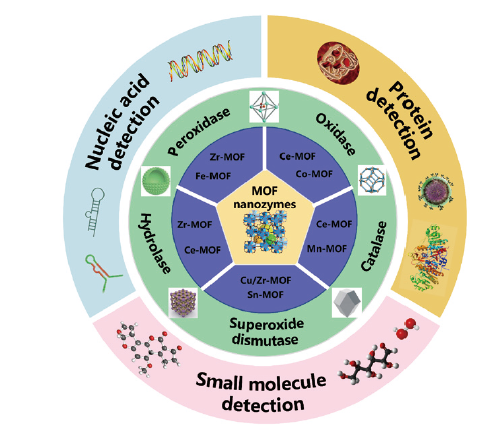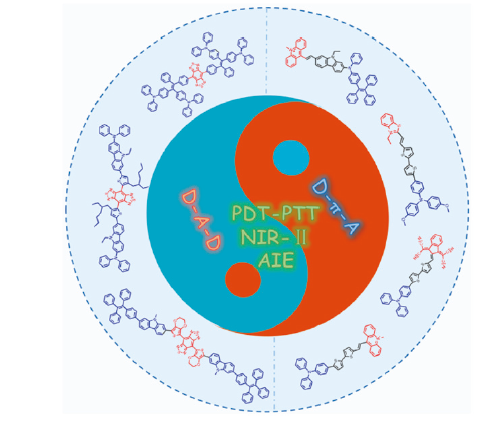Chao Chen, Guyue Wang, Ying Tian, Zhengyang Kong, Fenglong Li, Jin Zhu, Wu Bin Ying. Research Progress on Self-Healing Polyurethane and Its Applications in the Field of Flexible Sensors[J]. Progress in Chemistry, 2023, 35(9): 1275-1293.
Polyurethane, a prevalent polymer, has garnered considerable attention owing to its exceptional overall performance within various applications. However, even minor damages can significantly curtail the service life of polyurethane. Consequently, a promising approach to address this challenge involves conferring self-healing properties upon polyurethane. Among the various healing mechanisms found in self-healing polyurethane, the intrinsic driving force stands out as the most common. This mechanism entails the spontaneous re-entanglement of polyurethane molecular chains through meticulous molecular structure design, obviating the necessity for external healing agents. Intrinsic driving force encompasses reversible covalent bonds (e.g., disulfide bonds, Diels-Alder reactions, and boronic ester bonds) as well as dynamic non-covalent interactions (e.g., hydrogen bonds, ionic bonds, metal coordination bonds, and host-guest interactions). The polyurethane main chain can possess a single intrinsic driving force or multiple intrinsic driving forces concurrently. Nevertheless, while self-healing polyurethane alone presents advantages in terms of extending service life and reducing maintenance costs through damage repair, it still falls short of meeting the usage requirements in certain specialized applications. To further enable the versatile application of self-healing polyurethane while preserving its self-healing properties, the incorporation of new functional groups becomes an enticing prospect. These functional groups can bestow specific properties upon polyurethane, such as shape memory, degradability, antibacterial properties and biocompatibility, thereby achieving functional integration within self-healing polyurethane. Importantly, these functionalized self-healing polyurethanes possess the potential to supplant traditional materials as dielectric materials, substrate materials, or encapsulation materials in the realm of flexible sensors. Consequently, they contribute to enhancing the reliability and durability of flexible sensors. Therefore, this article primarily focuses on elucidating the self-healing mechanism of self-healing polyurethane. Subsequently, it delves into the integration of functionality within self-healing polyurethane and its application within the field of flexible sensors. Lastly, based on these insights, the paper provides a glimpse into the future prospects for the development of self-healing polyurethane.
1 Introduction
2 Self-healing mechanism of polyurethane (PU)
2.1 Reversible covalent bonds
2.2 Dynamic noncovalent interactions
2.3 Combination of covalent bonds and noncovalent interactions
3 Functionalization of self-healing polyurethane
3.1 Shape memory
3.2 Degradability
3.3 Antibacterial performance
3.4 Biocompatibility
4 Application of self-healing PU in flexible sensors
4.1 Self-healing PU based dielectric layer
4.2 Self-healing PU based flexible electrode
4.3 Self-healing PU based encapsulated layer
5 Conclusion and outlook





